Some links on this Website are affiliate links, meaning we may earn a commission if you make a purchase, at no additional cost to you. Please read our full Affiliate Disclosure for more details.
When winter arrives and temperatures begin to drop, keeping your indoor plants alive can feel like a challenge. Some plants simply can’t handle the chill, especially when indoor heating is inconsistent or windows let in drafts. Fortunately, there are several plants for cold temperatures that not only survive but thrive during the colder months.
These cold-tolerant houseplants are tough, adaptable, and perfect for adding life to your home even in the middle of winter. Whether your space is naturally cool, or you simply want plants that can handle occasional cold drafts, this guide will help you find the best choices.
Let’s explore 15 of the best indoor plants for cold temperatures that will brighten your space and stay healthy all season long.
How To Care For Basil Plant Indoors
Indoor Plants That Can Survive Cold Temperatures
1. Snake Plant (Sansevieria trifasciata)
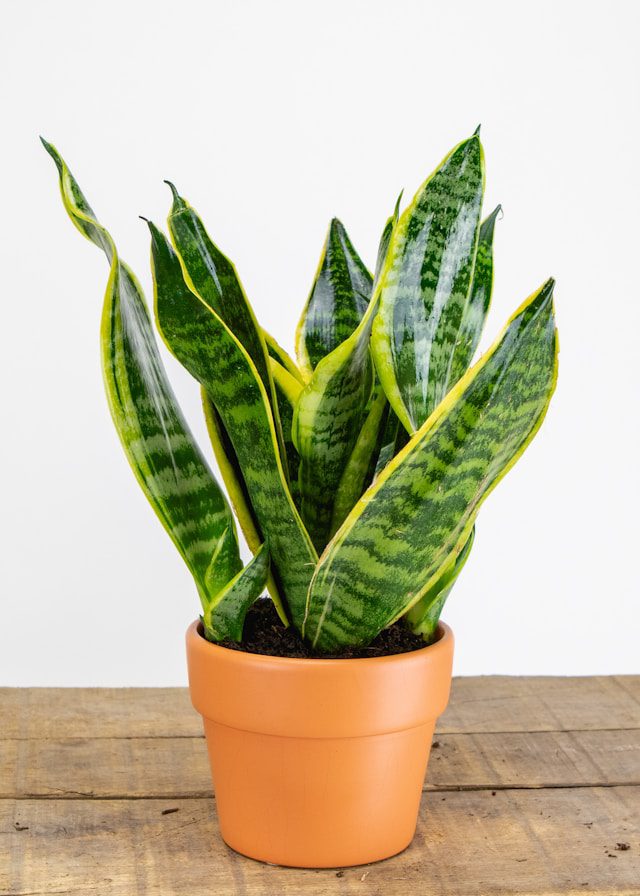
The snake plant is one of the hardiest and most resilient indoor plants you can own. It can tolerate temperatures as low as 50°F (10°C) and thrives even when neglected. Known for its tall, upright leaves with striking green and yellow patterns, it’s an excellent option for adding structure and elegance to any room.
Snake plants are also known for their ability to purify indoor air by filtering out toxins like formaldehyde and benzene. They are drought-tolerant and require minimal watering, making them a perfect choice for cool, low-maintenance environments.
7 Easy Tips To Care For Snake Plants
2. Spider Plant (Chlorophytum comosum)
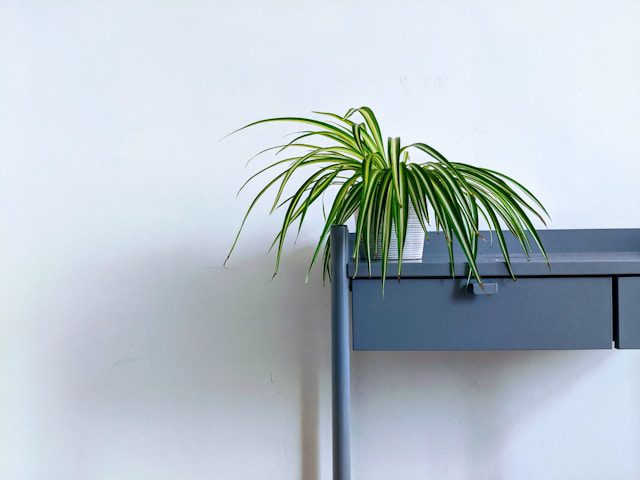
Spider plants are popular for their resilience and decorative, arching leaves. They are adaptable to a wide range of conditions and can tolerate cooler indoor temperatures down to about 45°F (7°C).
This plant is ideal for hanging baskets or shelves, where its long, striped leaves can cascade beautifully. Spider plants also produce baby offshoots (plantlets) that you can easily propagate, making it one of the most rewarding plants to grow indoors. They prefer bright, indirect light and moderate watering, allowing the soil to dry slightly between waterings.
An Easy Guide to Propagating Spider Plants
3. Jade Plant (Crassula ovata)
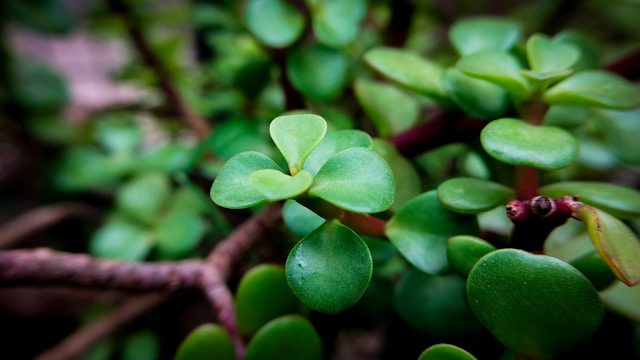
The jade plant, often associated with good luck and prosperity, is a succulent that thrives in cooler indoor conditions. It can tolerate temperatures as low as 50°F (10°C) as long as it receives plenty of light.
Its thick, glossy leaves store water, making it highly drought-tolerant. This plant does best in sunny spots, such as windowsills, where it can receive direct sunlight for several hours a day. Avoid overwatering during winter, as the plant’s growth slows down in cooler weather.
4. Peace Lily (Spathiphyllum)
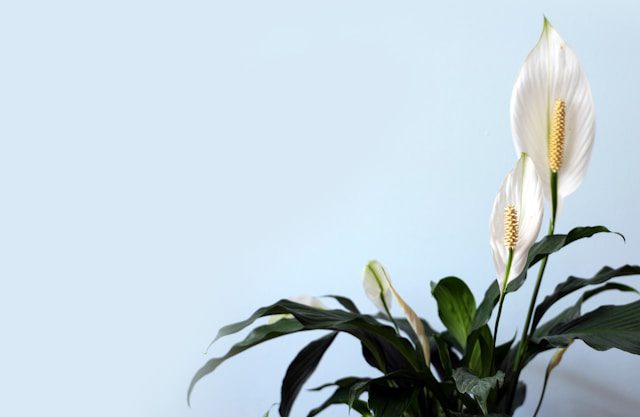
The peace lily is a tropical plant that surprisingly adapts well to lower indoor temperatures. It prefers an environment between 55–65°F (13–18°C). Known for its striking white flowers and lush green leaves, this plant adds a serene and elegant touch to any interior.
Peace lilies prefer moderate, indirect light and evenly moist soil. They should be kept away from direct sunlight and cold drafts. Mist the leaves occasionally to maintain humidity, as dry indoor air can affect their growth.
5. English Ivy (Hedera helix)
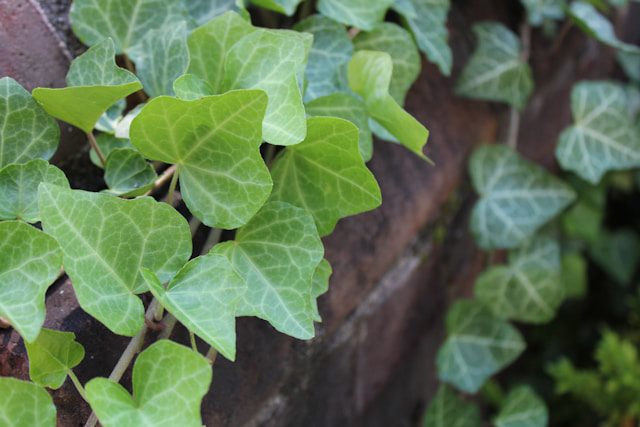
English ivy is a classic plant that performs beautifully in cooler indoor environments. It can tolerate temperatures as low as 40°F (4°C), making it one of the most cold-tolerant houseplants available.
Its trailing vines and evergreen leaves make it a perfect choice for hanging planters, wall shelves, or as ground cover in larger pots. English ivy prefers bright, indirect light but can also adapt to lower light levels. It also helps purify the air, reducing indoor pollutants and mold spores.
6. Aloe Vera

Aloe vera is well known for its soothing gel, but it’s also a hardy plant that can handle cooler temperatures, around 50°F (10°C). This succulent thrives in bright light and requires little water.
During winter, aloe vera prefers to dry out completely between waterings. It should be placed in a sunny window where it can receive several hours of indirect light. Its thick, fleshy leaves store moisture, allowing it to survive even in dry indoor air.
7. Cast Iron Plant (Aspidistra elatior)
The cast iron plant earns its name for its ability to survive almost any condition, including cold temperatures as low as 45°F (7°C). This hardy evergreen has long, dark green leaves that add a touch of elegance to shaded or cool indoor spaces.
It’s perfect for areas that receive minimal natural light or where heating is limited. The cast iron plant requires little maintenance since it only needs occasional watering and can handle neglect. This makes it one of the best low-temperature houseplants for beginners.
8. Christmas Cactus (Schlumbergera)
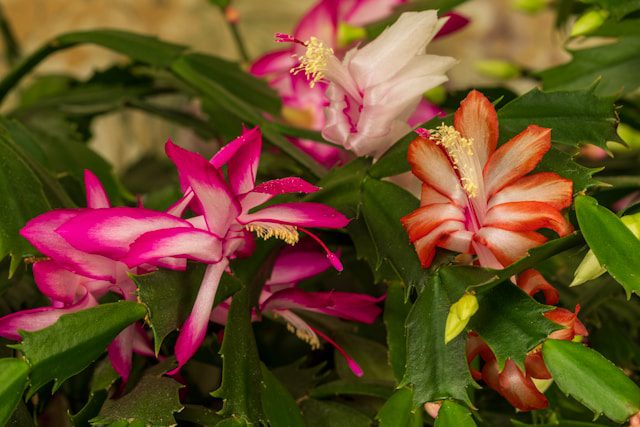
The Christmas cactus is a unique and colorful plant that actually prefers cooler conditions. It thrives at temperatures around 50–55°F (10–13°C) and produces vibrant blooms in winter, making it an excellent seasonal decoration.
It prefers bright, indirect light and slightly moist soil. Reduce watering once it finishes blooming to allow the plant to rest. With the right care, it can bloom year after year, bringing color to your indoor space when most plants are dormant.
9. ZZ Plant (Zamioculcas zamiifolia)
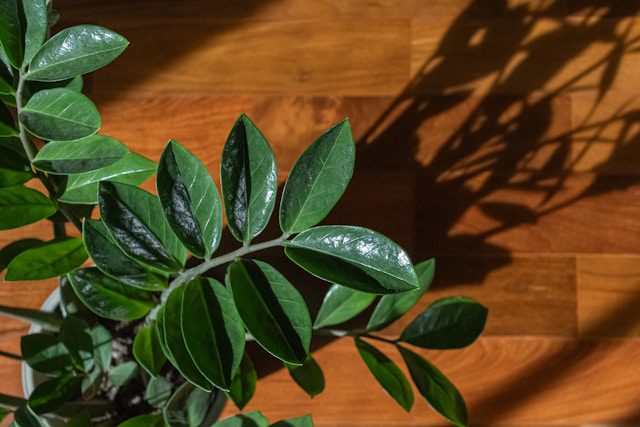
The ZZ plant is another nearly indestructible option for cold homes. It can tolerate temperatures as low as 50°F (10°C) and requires very little care.
Its thick, glossy leaves store water, allowing it to survive long periods without watering. The ZZ plant thrives in low to medium light conditions, making it suitable for darker corners or offices. It’s also a great air purifier and a stylish addition to any room.
10. Pothos (Epipremnum aureum)
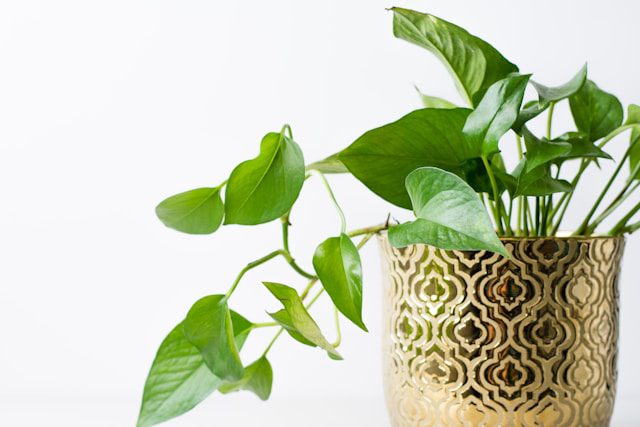
Pothos, also known as devil’s ivy, is a versatile and hardy indoor plant that adapts well to various environments, including cooler indoor spaces down to about 50°F.
Its trailing vines and heart-shaped leaves make it perfect for hanging baskets or shelves. Pothos thrives in low to moderate light and only needs watering once the soil becomes dry. It’s one of the easiest houseplants to grow and maintain, even during the coldest months.
11. Chinese Evergreen (Aglaonema)
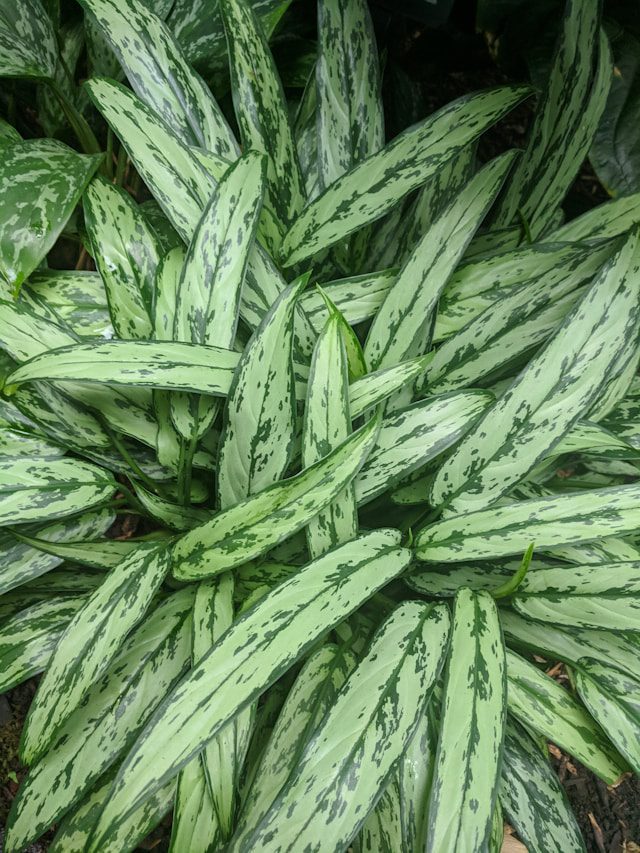
The Chinese evergreen is known for its vibrant, patterned leaves and its ability to tolerate low light and cooler temperatures. It performs well in environments around 55°F (13°C) and adds a tropical touch to any space.
This plant requires minimal watering and can survive in rooms with limited sunlight. However, it’s best to keep it away from cold drafts and sudden temperature changes. Its air-purifying properties make it both attractive and functional.
12. Rubber Plant (Ficus elastica)

The rubber plant is a bold and attractive choice for cool indoor environments. It grows best between 55–65°F (13–18°C) and can handle lower temperatures for short periods.
Its large, glossy leaves make it a striking focal point in living rooms or offices. The plant prefers bright, indirect light and moderate watering. Wiping its leaves occasionally helps remove dust and keeps them shiny. Despite its tropical origins, the rubber plant adapts surprisingly well to cooler homes.
How To Make A Succulent Terrarium For Indoor Plants
Indoor Plants You Can Grow From Seeds
13. Boston Fern (Nephrolepis exaltata)
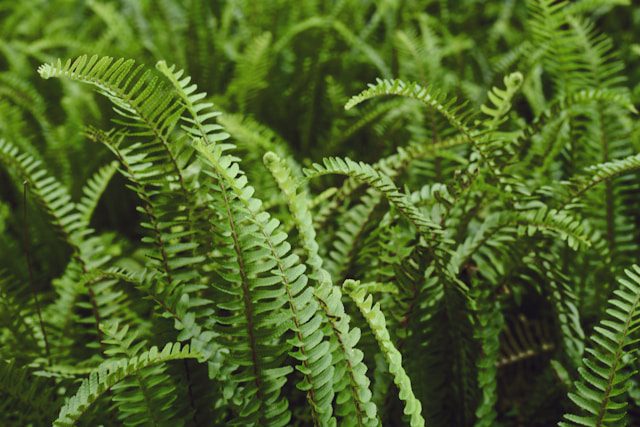
Boston ferns are perfect for cool, humid areas such as bathrooms or kitchens. They thrive in temperatures between 55–65°F (13–18°C) and add lush greenery to indoor spaces.
Ferns prefer indirect light and consistent moisture, but they don’t like soggy soil. Misting the leaves regularly helps maintain humidity, especially during dry winter months. These plants bring a refreshing, natural charm to indoor decor.
7 Tips To Care For Plants In Winter
14. Dracaena Marginata (Dragon Tree)
Dracaena marginata is a striking plant with slender, arching leaves that tolerate cool indoor air and low humidity. It’s one of the best low-temperature houseplants for modern homes.
This plant prefers moderate watering and bright, filtered light, but can also adapt to low-light spaces. It’s low-maintenance and resilient, making it an ideal plant for those who want beauty without constant attention.
15. Philodendron

Philodendrons are classic indoor plants that adjust well to cooler indoor climates, thriving between 55–65°F (13–18°C). Their heart-shaped leaves and trailing vines make them a favorite for homes and offices.
They are easy to care for, tolerate various light levels, and purify the air. Philodendrons only need watering when the top inch of soil feels dry, and they grow well even during the cold months when many plants slow down.
How Much Sun Does an Azalea Plant Need?
Tips for Keeping Indoor Plants Healthy in Cold Temperatures
Caring for plants during winter requires a slightly different approach. Here are a few key tips to keep your cold-tolerant houseplants thriving:
- Keep plants away from direct drafts, heaters, and radiators. Sudden temperature changes can shock their roots and leaves.
- Water less frequently since plants grow slower in cooler weather.
- Increase humidity by misting leaves or placing a humidity tray near your plants.
- Clean leaves regularly to remove dust and improve light absorption.
- Rotate plants occasionally to ensure even exposure to light.
How To Remove Snake Plant Pups
Frequently Asked Questions (FAQ)
1. What is the lowest temperature most indoor plants can tolerate?
Most indoor plants struggle below 50°F (10°C), but certain cold-tolerant varieties can survive at slightly lower temperatures.
2. Which indoor plants can handle cold drafts?
Snake plants, English ivy, and cast iron plants can handle occasional drafts without suffering damage.
3. How can I protect my plants during winter?
Keep them away from windows and doors that let in cold air, reduce watering, and increase humidity indoors.
4. Do I need to fertilize plants in winter?
Not usually. During the cold months, most plants slow their growth, so it’s best to pause fertilization until spring.
5. What are the best plants for cold bedrooms?
Snake plants, ZZ plants, and jade plants are ideal for bedrooms with cooler temperatures and lower light levels.

